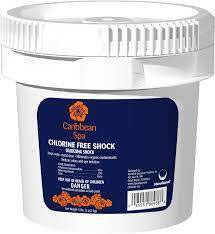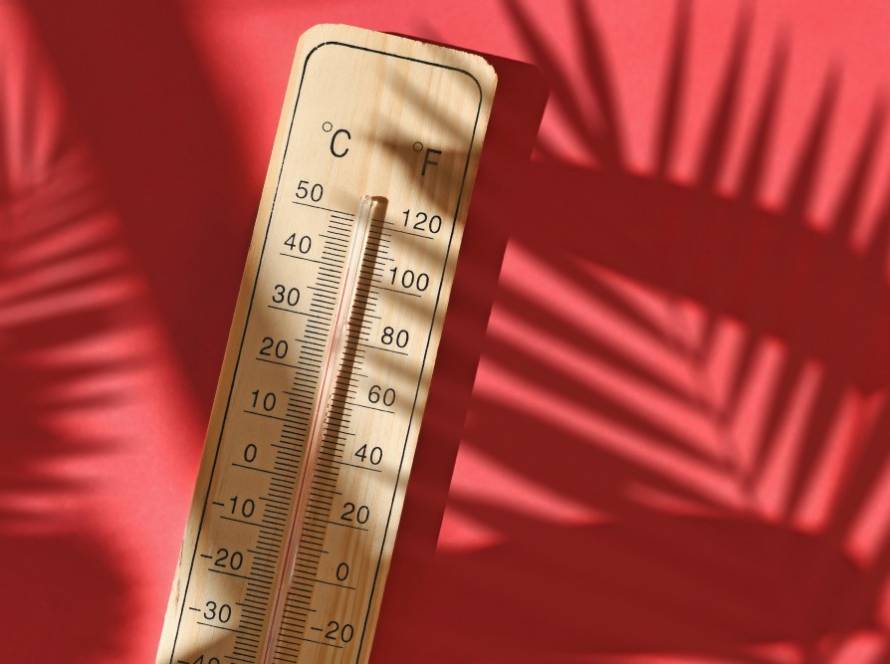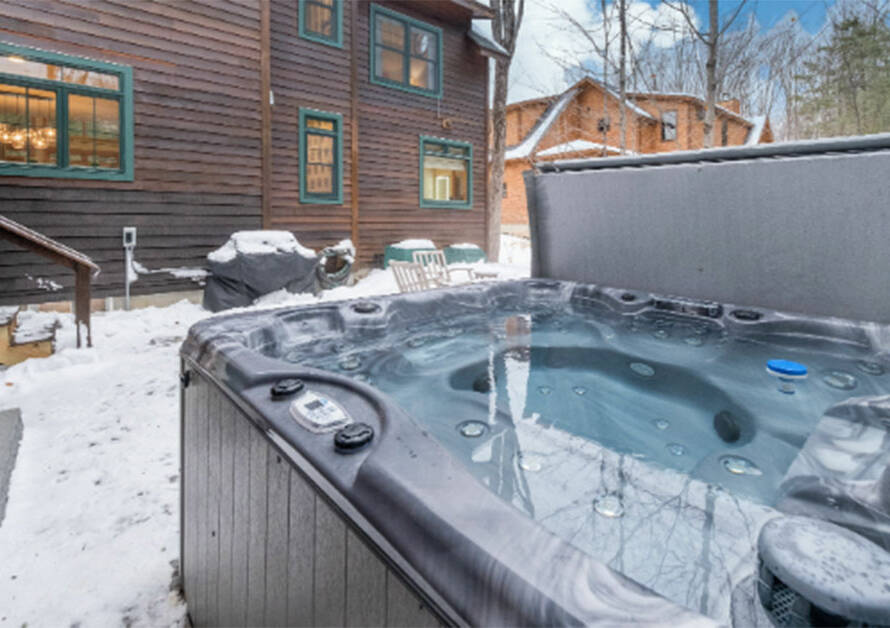Owning a hot tub is a luxurious addition to your home, providing relaxation and comfort. However, along with the soothing bubbles comes the responsibility of proper maintenance. As a first-time hot tub owner, understanding the essential chemicals and their role is key to keeping your oasis clean, safe, and enjoyable.
Understanding the Basics: Hot Tub Water Chemistry 101
Before we dive into the specific chemicals, let’s grasp the basics of hot tub water chemistry. Maintaining balanced water is crucial for the longevity of your tub and the health of its users. The key parameters to monitor include pH levels, alkalinity, and sanitizer levels.
pH Levels: The Foundation of Water Balance
Maintaining a pH level between 7.2 and 7.8 is vital. This range ensures the effectiveness of other chemicals and prevents skin and eye irritation.
How to Adjust pH:
- Test the water using a reliable pH testing kit.
- If the pH is low, add pH increaser. If it’s high, use pH reducer.
- Follow product instructions and retest after a few hours.
Alkalinity: Stabilizing the Water
Alkalinity acts as a buffer, preventing rapid pH fluctuations. Aim for a range of 80 to 120 parts per million (ppm).
How to Adjust Alkalinity:
- Test the water’s alkalinity level.
- Use an alkalinity increaser or decreaser based on test results.
- Repeat the process until the desired range is achieved.
Sanitizers: Keeping It Clean and Safe
Sanitizers eliminate bacteria and other contaminants. Common options include chlorine, bromine, and non-chlorine shock.
How to Maintain Sanitizer Levels:
- Test sanitizer levels regularly.
- Add the appropriate sanitizer based on the product instructions.
- Shock the tub with a non-chlorine shock weekly to eliminate residual contaminants.
Essential Chemicals for Your Hot Tub Toolkit
Now that we’ve covered the foundational elements, let’s explore the specific chemicals every hot tub owner should have on hand.
- Chlorine or Bromine Tablets:
- Purpose: Primary sanitizers.
- Usage: Place tablets in a floating dispenser or dedicated feeder.
- Non-Chlorine Shock:

- Purpose: Oxidizes contaminants without raising chlorine levels.
- Usage: Add after heavy use or weekly for maintenance.
- pH Increaser and Reducer:
- Purpose: Adjusts pH levels for optimal effectiveness of other chemicals.
- Usage: Follow product instructions based on test results.
- Alkalinity Increaser and Decreaser:
- Purpose: Maintains stable alkalinity to prevent pH fluctuations.
- Usage: Adjust as needed after testing alkalinity levels.
- Testing Kit:
- Purpose: Regularly monitor pH, alkalinity, and sanitizer levels.
- Usage: Follow kit instructions for accurate testing.
Safety Tips for Hot Tub Chemical Handling
While these chemicals are essential, safety should always be a priority. Here are some quick tips:
- Read Instructions: Follow product instructions carefully.
- Store Securely: Keep chemicals in a cool, dry place away from children and pets.
- Protective Gear: Use gloves and safety glasses when handling chemicals.
- Ventilation: Ensure proper ventilation when adding chemicals to the water.
Owning a hot tub is a delightful experience when coupled with responsible maintenance. By understanding the basics of hot tub water chemistry and having the essential chemicals on hand, you’ll ensure a clean, safe, and enjoyable retreat for years to come. Happy tubbing!



